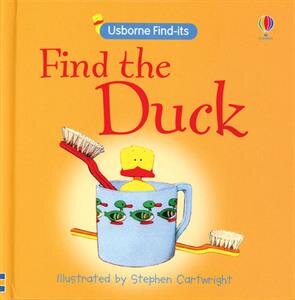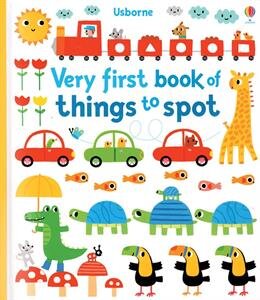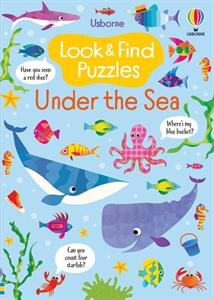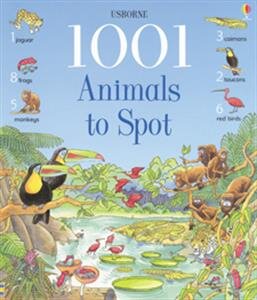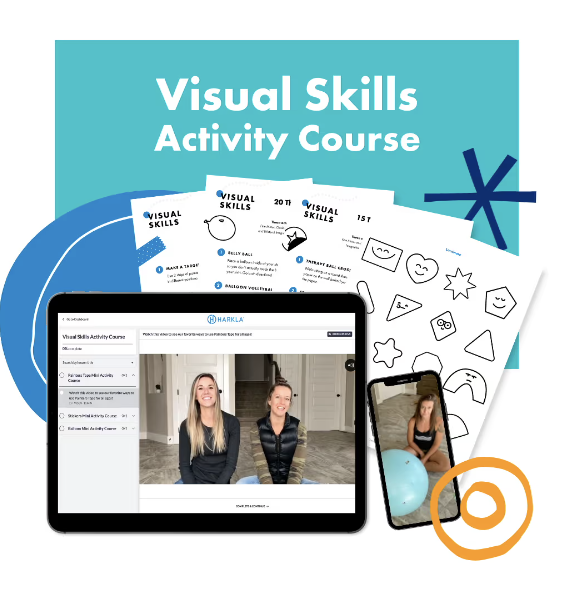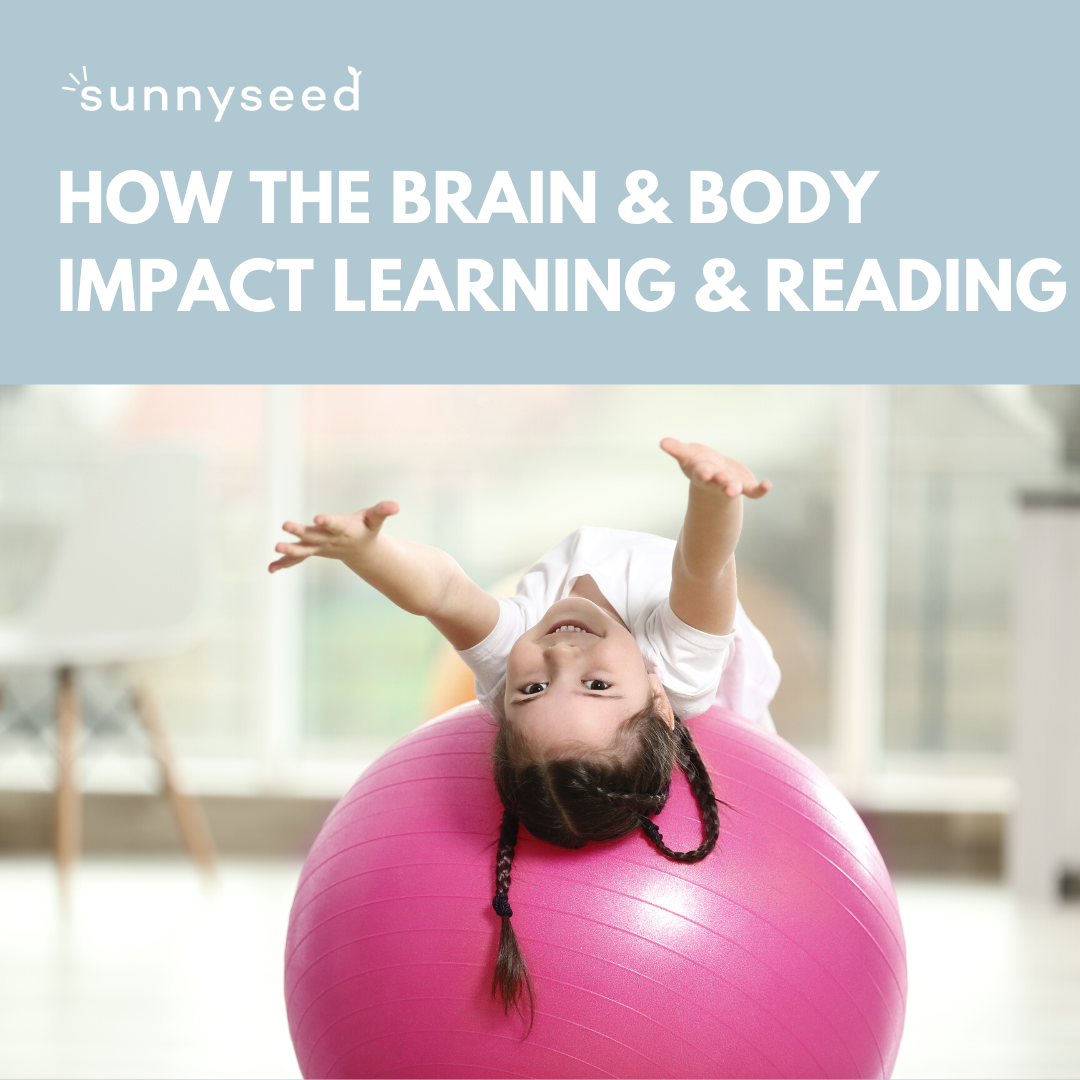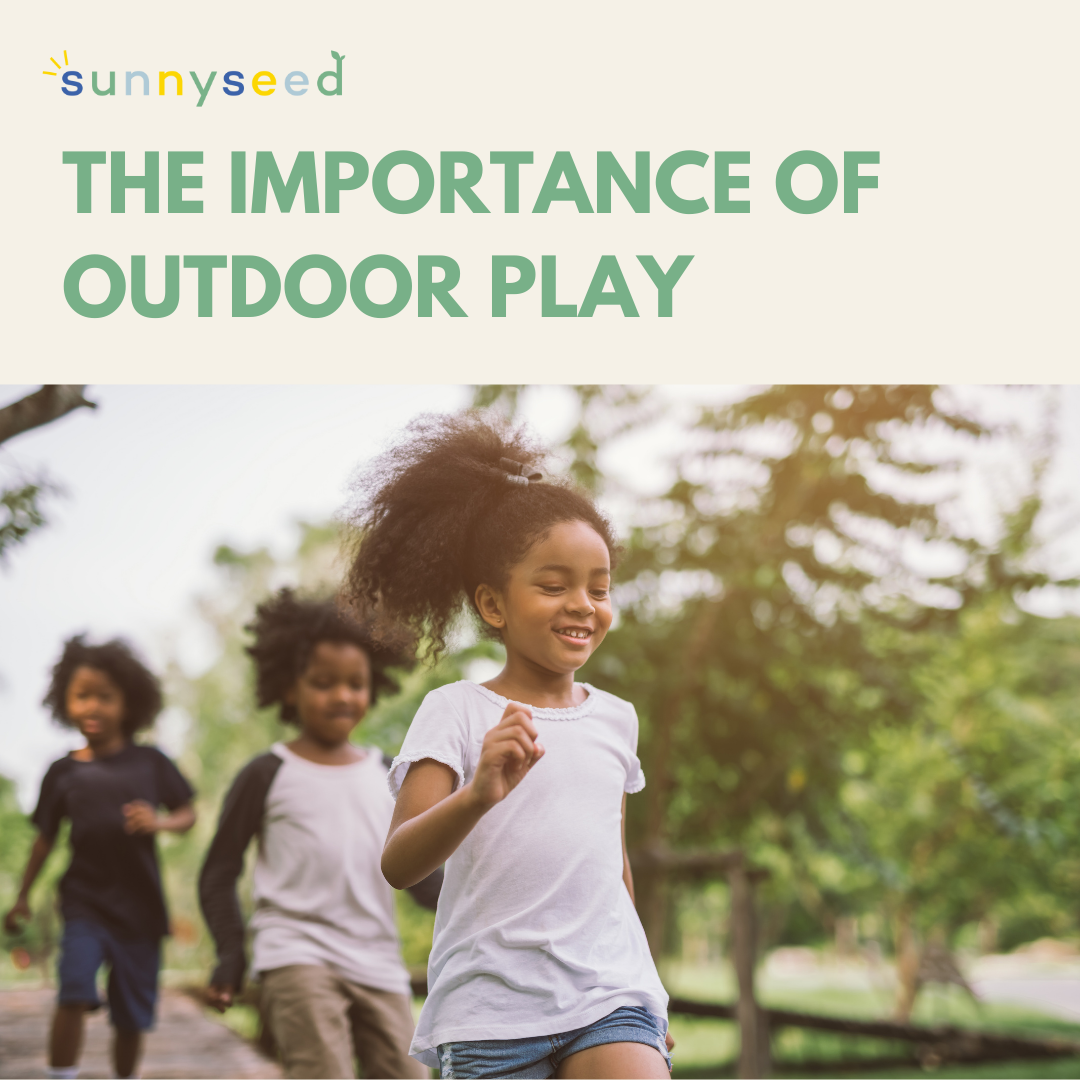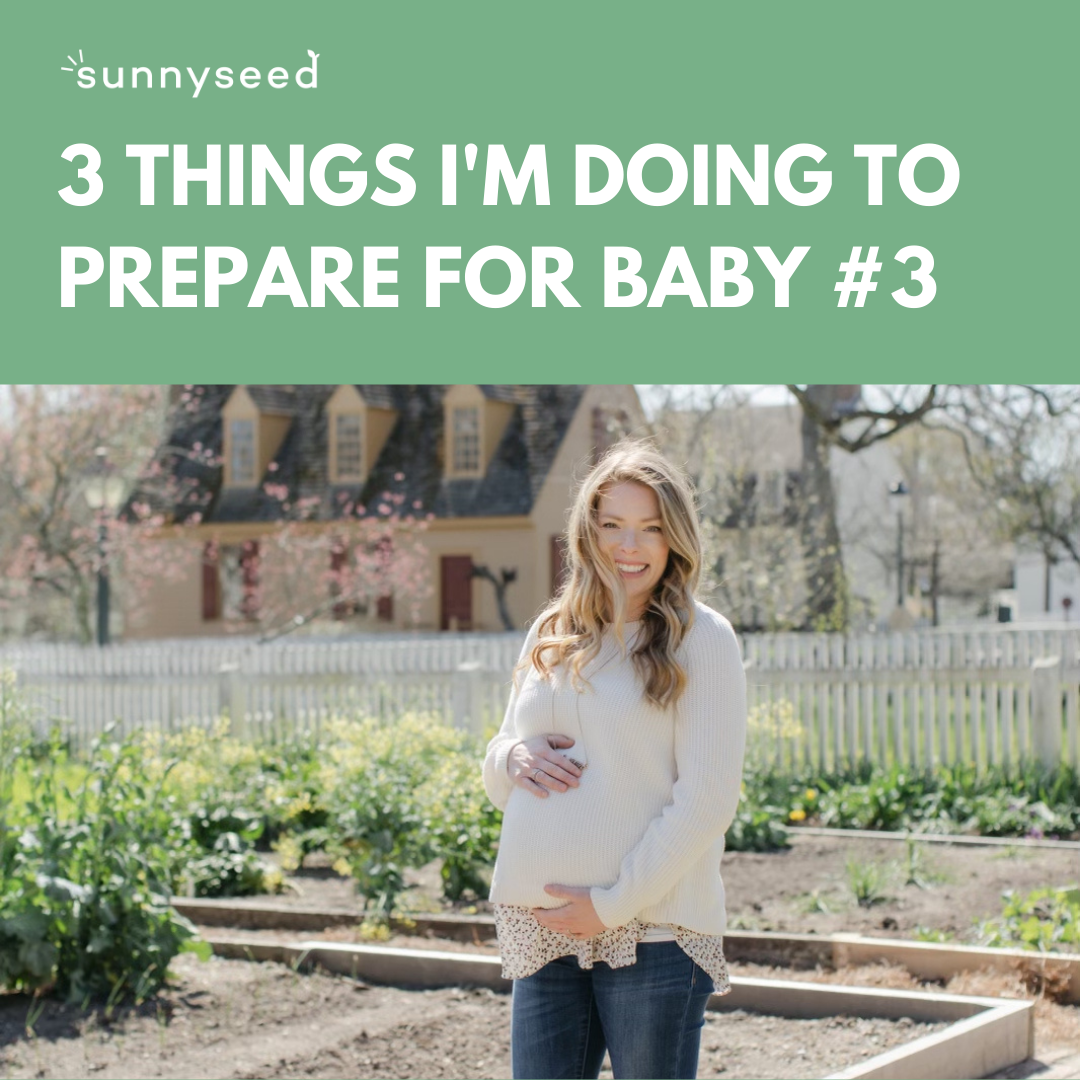Visual Skills Required for Reading
Reading is so much more than just deciphering symbols on a page. When children read, they need to learn to coordinate a complex range of visual and motor skills, across four different domains in their brain. By controlling focus, sustaining alignment, controlling eye movement and syncing everything together in the brain, we are able to make sense of written words.
Research suggests around 30% of struggling readers have a deficit in visual processing.
Visual skills are best developed at home during play in the younger years as your child explores their environment. Encourage play with puzzles, toys and crafts that are visually stimulating, and introduce activities that promote complete sensory integration.
VISUAL SKILLS
Some of the following visual skills (there are up to 19 of them!) are essential not just for reading but for writing, daily activities, and sports. If one or more skill is under-developed, your child may have difficulty reading, which can have a knock-on effect on their school performance and wellbeing in general.
Central visual acuity – the accuracy of vision, measured in terms of feet away from an object. 20/20 vision is “perfect” vision, i.e. seeing clearly from 20 feet away.
Eye movement control – the ability to coordinate the tiny muscles of both eyes so they move together as you track over the page.
Near and far focus, either simultaneous and sustained – seeing a clear, focused image up close and far away, either for brief moment or for prolonged periods. Sustained near focus is especially important for reading.
Near and far alignment, either simultaneous or sustained – the ability to align eyes at some point, either close or far, for a moment or prolonged period. Near sustained alignment is essential for reading; without it, people’s vision blurs or doubles.
Depth perception and color vision perception – coordinating information from the eyes to determine the nearness or farness of objects, or tell colors apart from one another. This is more relevant in athletics or daily activities.
Fine and gross visual motor skills – performing small and detailed visual tasks (like reading) or moving through the environment without bumping into things (as in sports).
Visual discrimination skills - the ability to discern differences between two different things, such as the letter K vs H.
EYE EXAM
If you notice your child constantly rubbing their eyes, tilting their head, covering one eye, squinting, sitting too close to the TV, being clumsy, showing reading difficulties or being unable to focus, they may be struggling with their eyesight.
By around 6 or 7 years of age, most children will have begun to read properly, but it’s always important to monitor their development to make sure their visual skills are functioning well. The American Optometric Association recommends that school-aged children are tested before first grade and then yearly in every subsequent grade. Fortunately, if vision problems are discovered early on, they can be corrected before they have the opportunity to interfere with your child’s learning.
It’s important to understand a general eye exam evaluates eye sight and does not identify deficits tracking or processing.
DIFFICULTIES IN VISUAL TRACKING
losing place when reading (re-reads or skips words in a line)
substitutes or confuses similar words when reading
reverses letters (b, d, p, q)
poor reading comprehension
short attention span
misaligning the numbers in math problems
difficulty copying a list
We shouldn’t be expecting kids to read prior to around age 6, which is when the ability to visually track tiny letters on a page emerges. However, there are exercises we SHOULD be doing to help kids strengthen their visual skills before they begin to learn how to read.
SIMPLE ACTIVITIES TO STRENGTHEN EYE TRACKING
“I Spy” game
play catch
highlight a specific letter or drawing
place a marble in a bowl and watch the marble as you rotate the bowl
trace letters or pictures
roll a ball (or two) across a table and have the child catch the ball using a cup
draw lines to match stickers
TARGETED PRACTICE
WIDE EYE STRETCH - Keeping the head still, have your child look up as far as they can and hold for 3 seconds. Then look as far to the upper right corer and hold position for 3 seconds. Continue around clockwise, holding each position for 3 seconds: right, lower right, straight down, lower left, left, upper left.
SLOW EYE - hold a pencil about 16 inches away from your child’s nose. Keeping the head still, slowly move the pencil in a line, back and forth. Then repeat with a vertical line, diagonal, and figure eight.
NEAR FAR FOCUS - hold a pencil in front of your child (about 6 inches from the face). Have your child quickly shift focus from the pencil (near) to something far on a wall (like a frame). Repeat quickly back and forth about 10 times.
EYE ALIGNMENT - this is very difficult, so do not expect mastery right away. Hold a pen about 2 feet away from your child’s nose. Slowly move the pen in towards the child’s nose. The eyes should move together to track the object, and eventually look cross-eyed. Then slowly move the pen away from their nose back to starting position.
HOW TO ENHANCE VISUAL DISCRIMINATION SKILLS
Sorting - sort small toys, game pieces, socks, or food. Try sorting by color, shape, and size.
Games (below)
Look & Find books - remember Where’s Waldo or finding the hidden picture in Highlights magazines as a kid? Those worked visual discrimination skills. Here are some favorites for little kids:
GAMES TO STRENGTHEN VISUAL SKILLS
LEARN MORE
My friends created this Visual Skills course
Disclaimer: This post includes affiliate links, and at no additional cost to you, I will earn a small commission if you purchase through these links. Please note that I've linked to these products purely because I recommend them wholeheartedly and they are from companies I use and trust.
I am not a doctor and this information should not be considered personalized medical advice. Only you are responsible for your own health.



